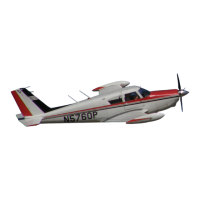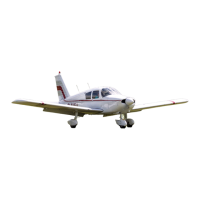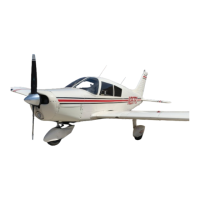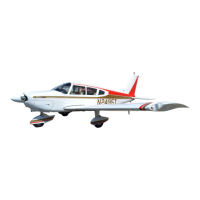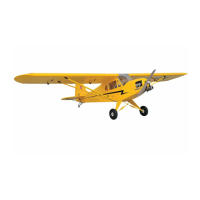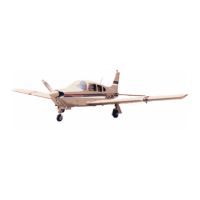PIPER COMANCHE SERVICE MANUAL
III - INSPECTION 04/01/09
1D32
(g Each 2000 Hours
1
Each 2000 hours or seven (7) years, whichever occurs first, remove interior
panels and headliner and conduct detailed inspection of aircraft structure (skin,
bulkheads, stringers, etc.) for condition and security. Inspection of structure
concealed by headliner may be accomplished by alternate means (i.e. - through
the use of a borescope) without removing the headliner, providing access is
obtained to all concealed areas and borescope provides sufficient detail to
adequately accomplish the inspection.
2
In PA-24s, PA-24-250s, and PA-24-260s equipped with engines with 1/2 inch
valves, overhaul engine at 2000 hours time-in-service (see Lycoming Service
Instruction No. 1009AT, or later).
3
Overhaul or replace alternator at engine overhaul or each 2000 hours, whichever
comes first.
4
In PA-24s equipped with Hartzell propellers, overhaul or replace propeller each
five years or each 2000 hours. (Verify TBO in latest revision of Hartzell Service
Letter No. HC-SL-61-61Y, Revision 2 or later.)
5
In PA-24-260s, overhaul or replace Hartzell propeller each five or six years or
each 2000 or 2400 hours. (Refer to Hartzell Service Letter No. HC-SL-61-61Y,
Revision 2 or later, to determine specific requirements for individual airplanes.)
(h) Each 2400 Hours
1
In airplanes equipped with a Hartzell propeller governor, overhaul or replace the
propeller governor each 2400 hours or at engine overhaul. (Verify TBO in latest
revision of Hartzell Service Letter No. 61.)
2
In PA-24-260s, overhaul or replace Hartzell propeller each five or six years or
each 2000 or 2400 hours. (Refer to Hartzell Service Letter No. HC-SL-61-61Y,
Revision 2 or later, to determine specific requirements for individual airplanes.)
(2) Per Calendar Year
(a) Every Seven (7) Days
If equipped, at least once a week, visually check oxygen cylinder installation for
leakage, corrosion, bulges, gouges, distortion, security of mounting, and current
hydrostatic test date.
(b) Each Thirty (30) Days
1
Inspect battery, box or shelf, and cables. Flush box as required and fill battery
per instructions on box and in Electrical System, Section XI.
2
If installed, check disposable-type (non-gauged) fire extinguisher for condition
and charge. Verify nozzle is unobstructed and safety seal is intact. Determine
charge by “hefting” extinguisher.
3
If installed, check rechargeable (gauged) fire extinguisher for condition and
charge. Verify nozzle is unobstructed and safety seal is intact. Verify that the
gauge pressure is in the operable (green) range.

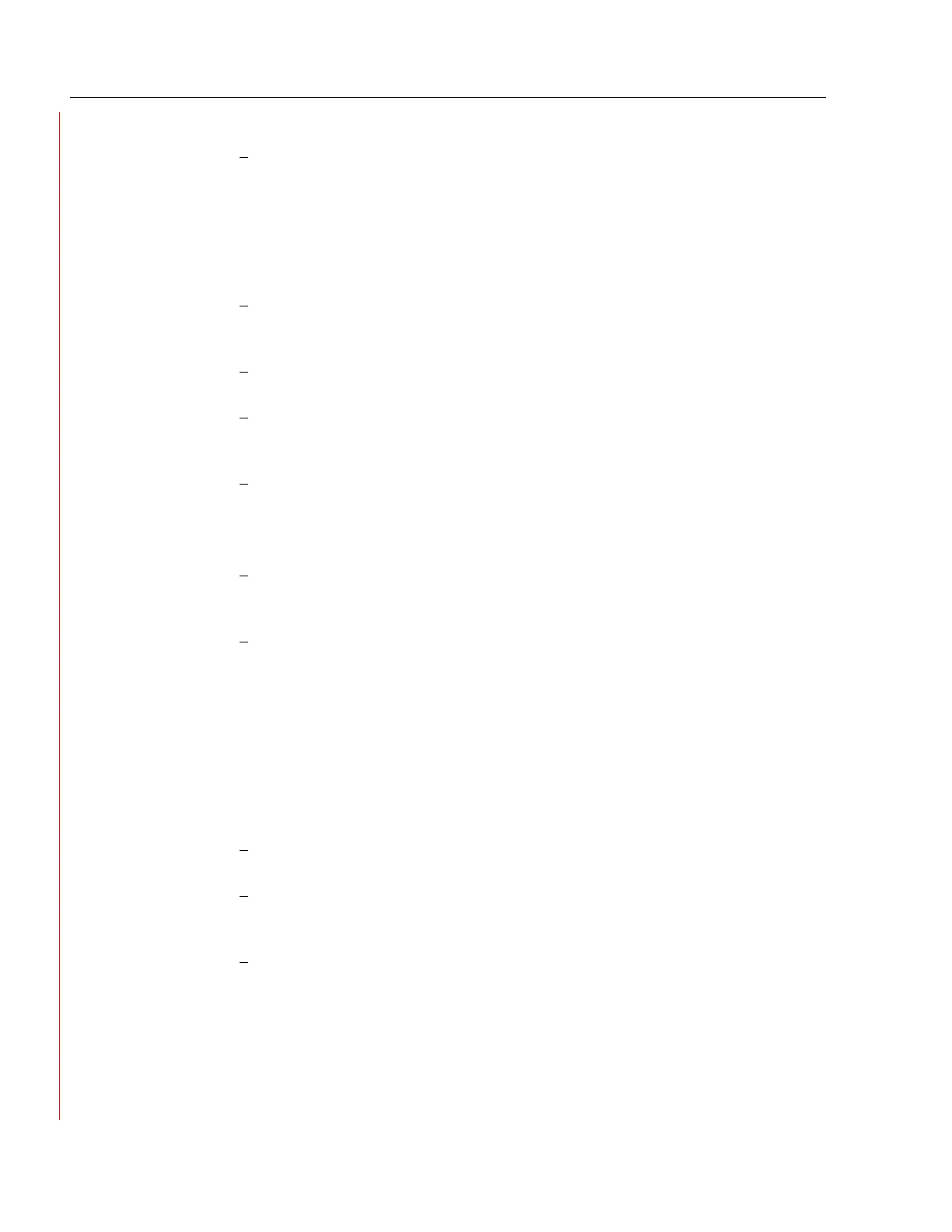